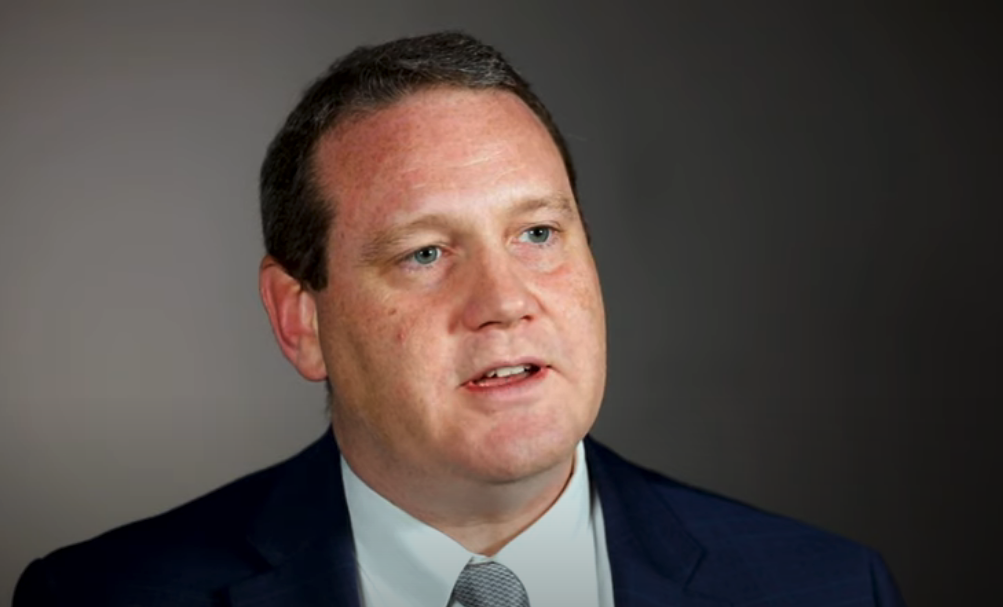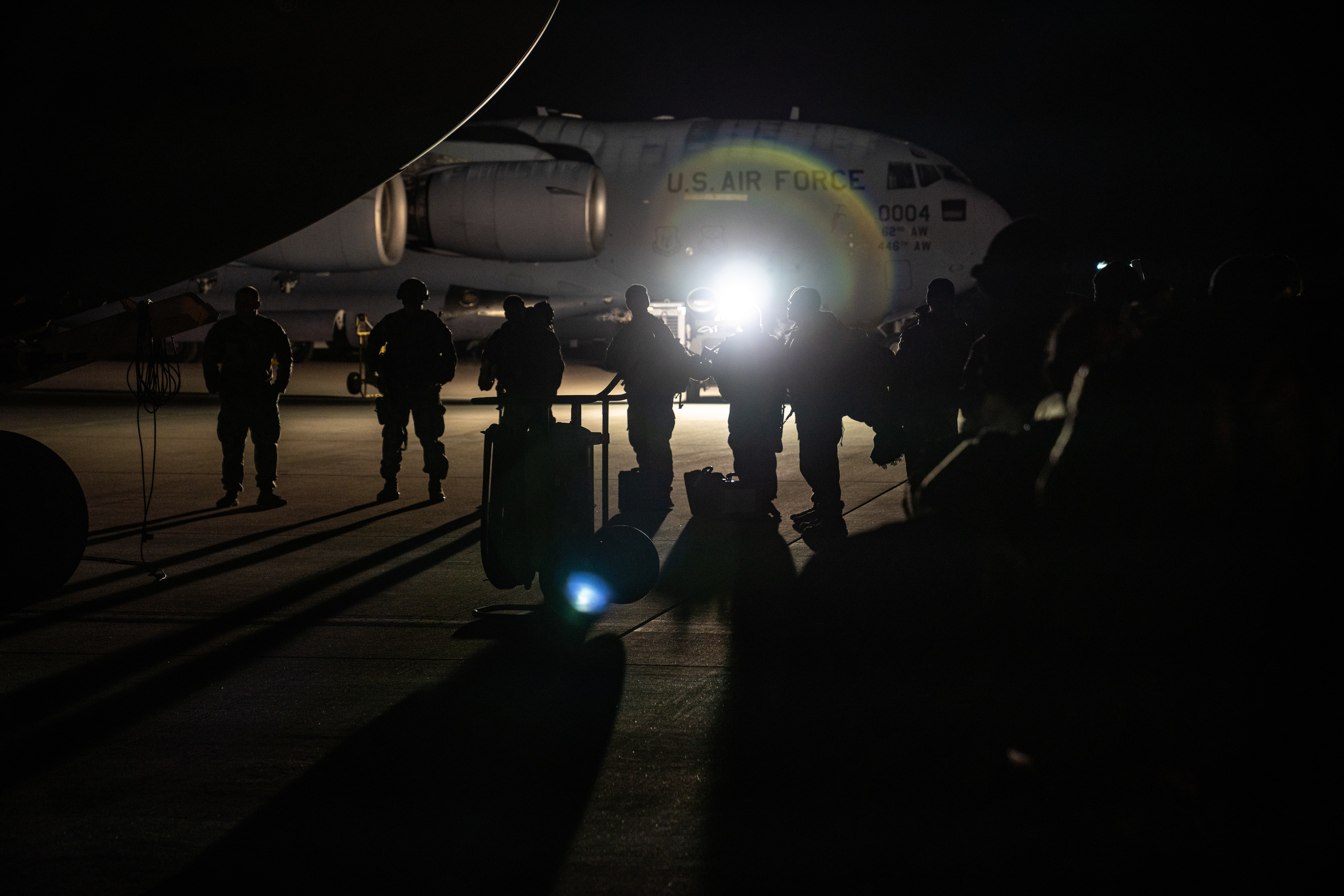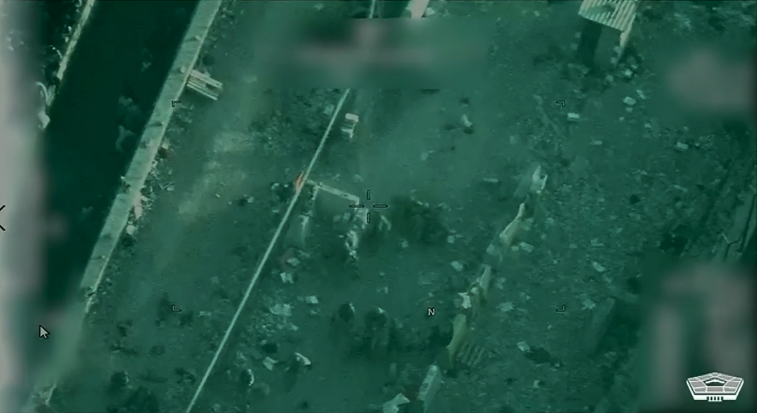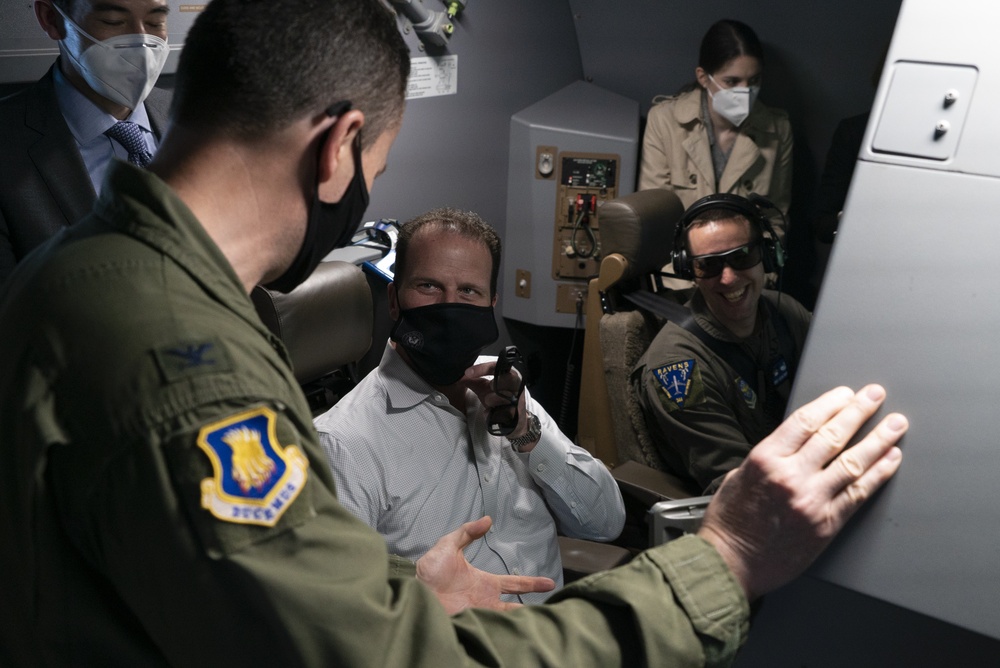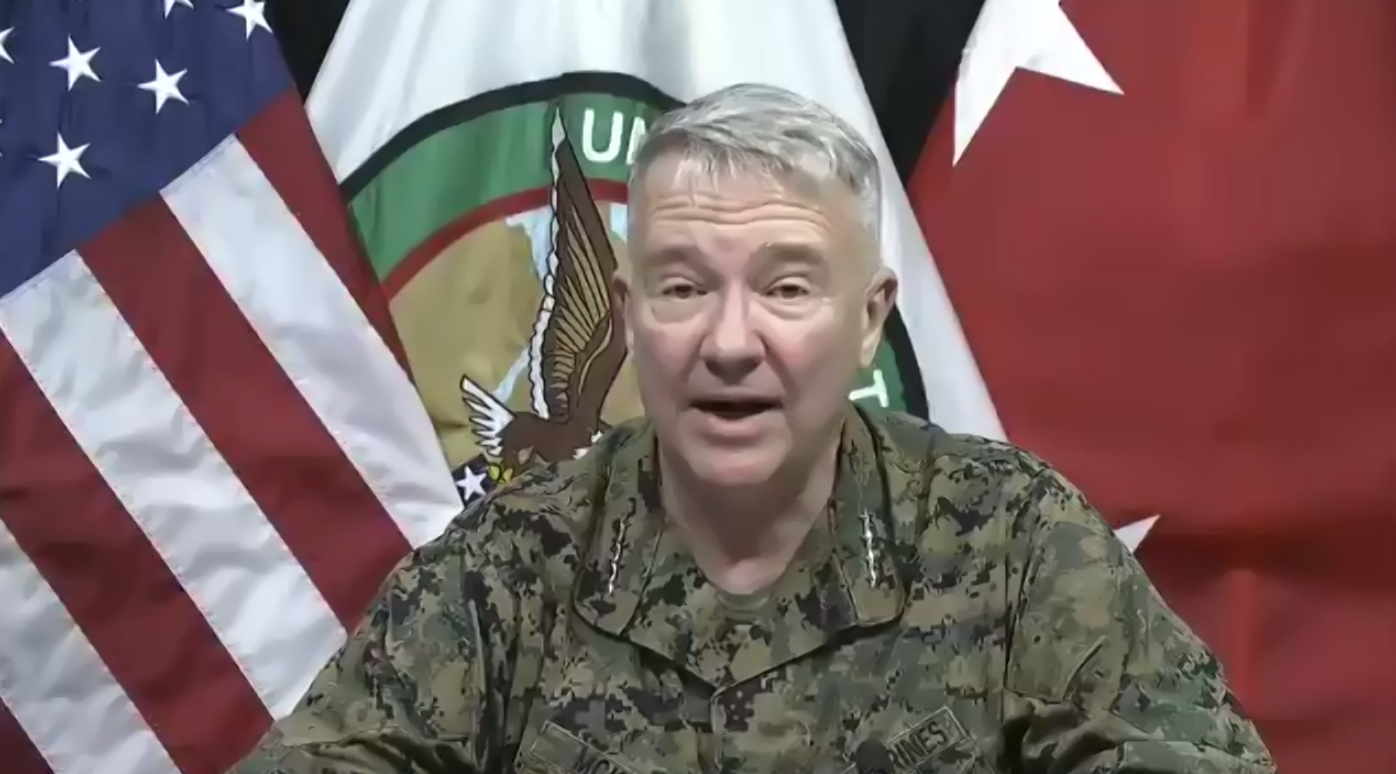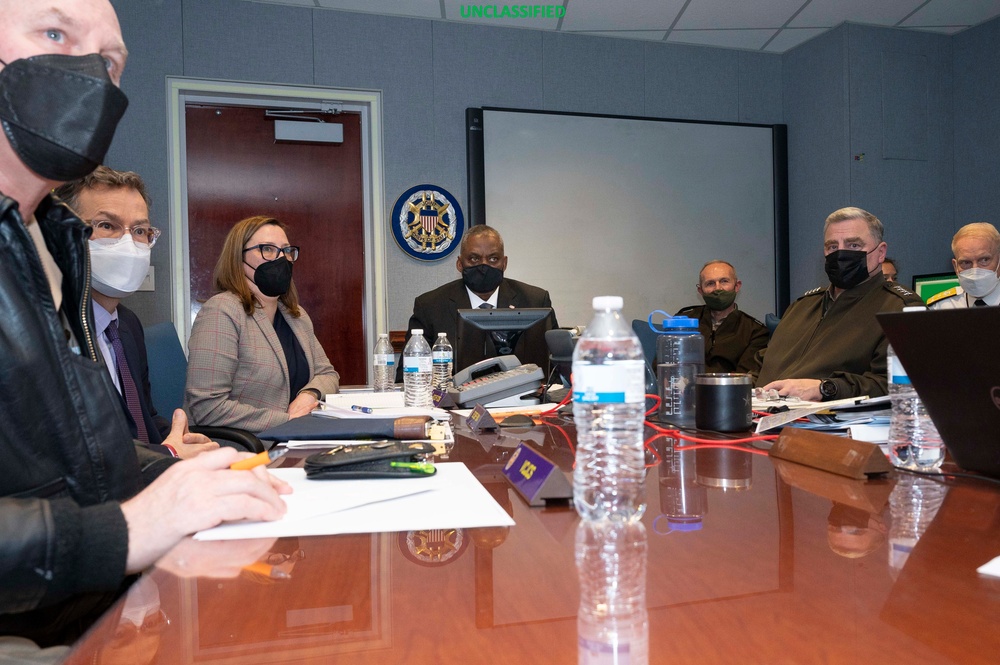A member of President Joe Biden’s transition team who was recently a fellow at a defense policy think tank swore in Feb. 7 as the new assistant secretary of the Air Force for acquisition, technology, and logistics.
Andrew Hunter will lead the Air Force’s research, development, and acquisition activities worth more than $54 billion a year across more than 550 acquisition programs, according to an announcement.
“He will have a fairly big inbox,” said Pentagon Press Secretary John F. Kirby in a briefing Feb. 7.
“Andrew will be responsible for all matters pertaining to acquisition, contract administration, logistics, and material readiness, installations, and environment,” Kirby said—not to mention “operational energy, chemical, biological and nuclear weapons, the acquisition workforce, and the defense industrial base.”
A senior fellow in the Center for Strategic and International Studies’ International Security Program, Hunter had directed the center’s Defense-Industrial Initiatives Group since 2014, according to his LinkedIn profile. From 2011 to 2014, he was at the Defense Department working as director of the Joint Rapid Acquisition Cell.
Hunter replaces Will Roper, who landed a job in July 2021 as CEO of Silicon Valley-backed startup Volansi, a logistics and drone building company.
Hunter will also serve as the acting undersecretary of defense for acquisition and sustainment for the Office of the Secretary of Defense. Biden has nominated William LaPlante—who held Hunter’s job from 2014 to 2015—to the OSD spot. LaPlante would replace Ellen M. Lord, who held the OSD’s top acquisition and sustainment job from 2018 to 2021.
